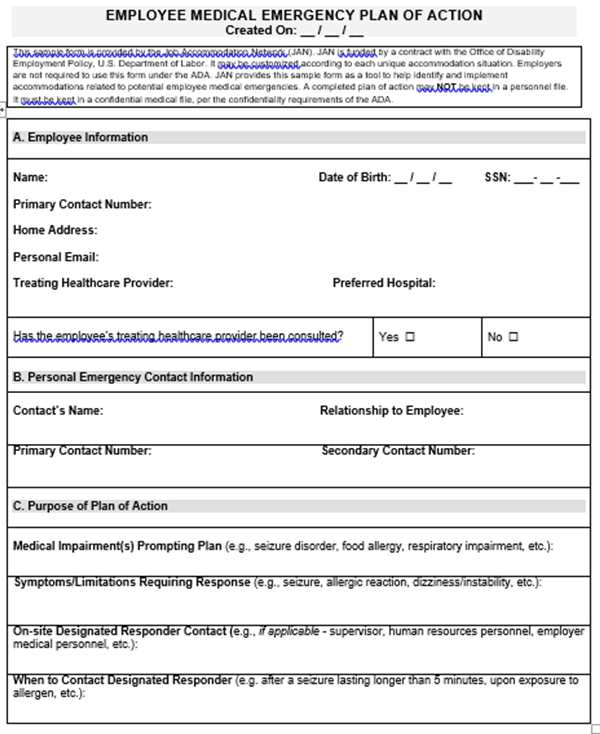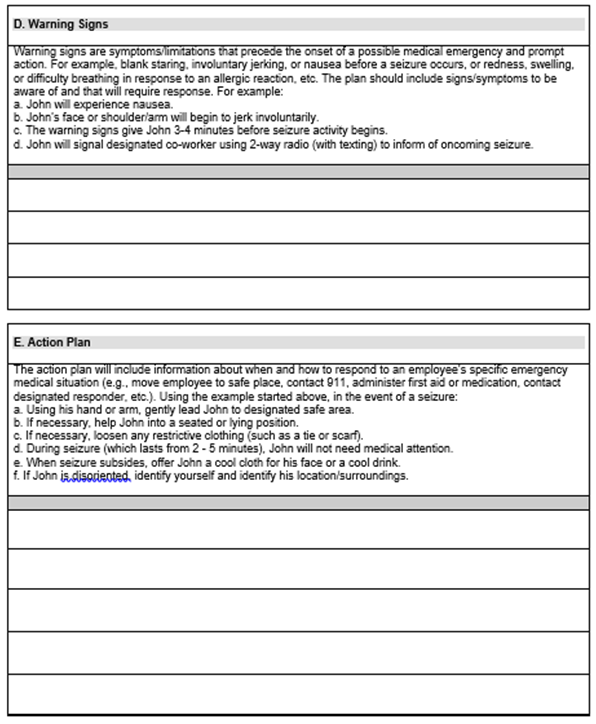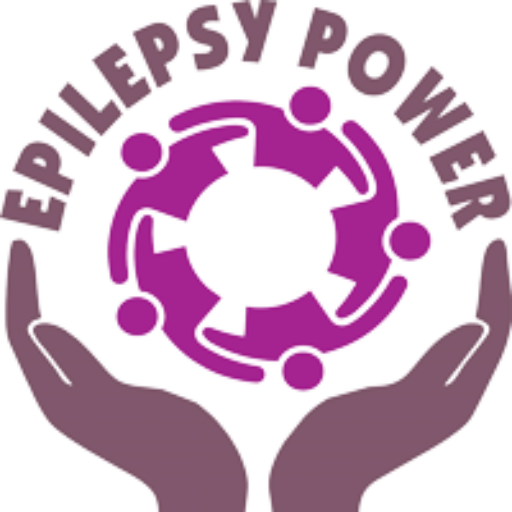- Introduction
- Section 1: Understanding the nature of epilepsy and recognizing potential triggers.
- Section 2: Challenges faced by people with epilepsy prior to employment
- Section 3: From respecting medical confidentiality to defining and implementing the necessary reasonable accommodations: the key role of the occupational physician
- Section 4: Type of accommodation for people with epilepsy in the workplace.
- Section 5: Ensuring safety in the workplace and creating a plan of action
- Concluding remarks
- Quiz
Total Participants: 1
Establishing open communication with the affected employee is essential, as they are best positioned to provide insights on managing seizures. Encouraging them to carry essential information about their epilepsy, such as a card or bracelet, can be beneficial. It is a good idea that the PwE confides in someone in their team in order to be sure that the correct actions are taken in the case of a seizure. It is reassuring for the person to know that they are supported and safe. This peace of mind can make all the difference in creating a workplace that encompasses the same sense of security that one might find at home.
For all companies, it is advisable to have a plan of action in place in case a seizure occurs in the workplace. The emphasis should be on the proper implementation of workplace safety protocols and thorough risk assessments, which includes the measures needed for people with epilepsy.
If the person with epilepsy has decided to open disclose their disorder to the team, every employee needs to be aware of the plan and prepared in case a seizure should occur, so that they know how to quickly and appropriately respond. A plan of action can be developed by the employee and employer and should include information such as:
- Emergency contact information.
- Warning signals that can be seen or heard.
- When and how to give on-site medical care.
- When and how to call for an ambulance.
- Who should be named as emergency personnel.
- Who to designate as emergency responders.
- Where to get assistance.
- How to train coworkers about epilepsy.
When a plan of action is correctly implemented, coworkers or clients who witness an employee having a seizure at work may feel less uncertain, alarmed, or afraid. One designated individual should immediately contact emergency services, while another monitors the person experiencing the seizure. All employees should be prepared for emergencies, able to recognize them, and know how to respond appropriately, ensuring that reactions remain calm and controlled.
During or after a seizure, PwE may cry, drool, spit, or urinate and this may require the person to take time following a seizure to clean themselves up and change their clothes. Employers can make it clear to employees that they understand this need and adapt in order to simplify the task for them by the following actions.
- The employee should be encouraged to keep a change of clothes at work
- A private space for personal grooming and regaining composure should be provided.
While a lot of PwE may not have seizures, 1 in 20 people will have a one off seizure in their lifetime.


Reflective exercise
Putting in place an action plan to deal with an epileptic seizure is a tricky business. How should you proceed in the event of a seizure, balancing respect for the privacy of the person with epilepsy and the effectiveness of the people around him or her?
